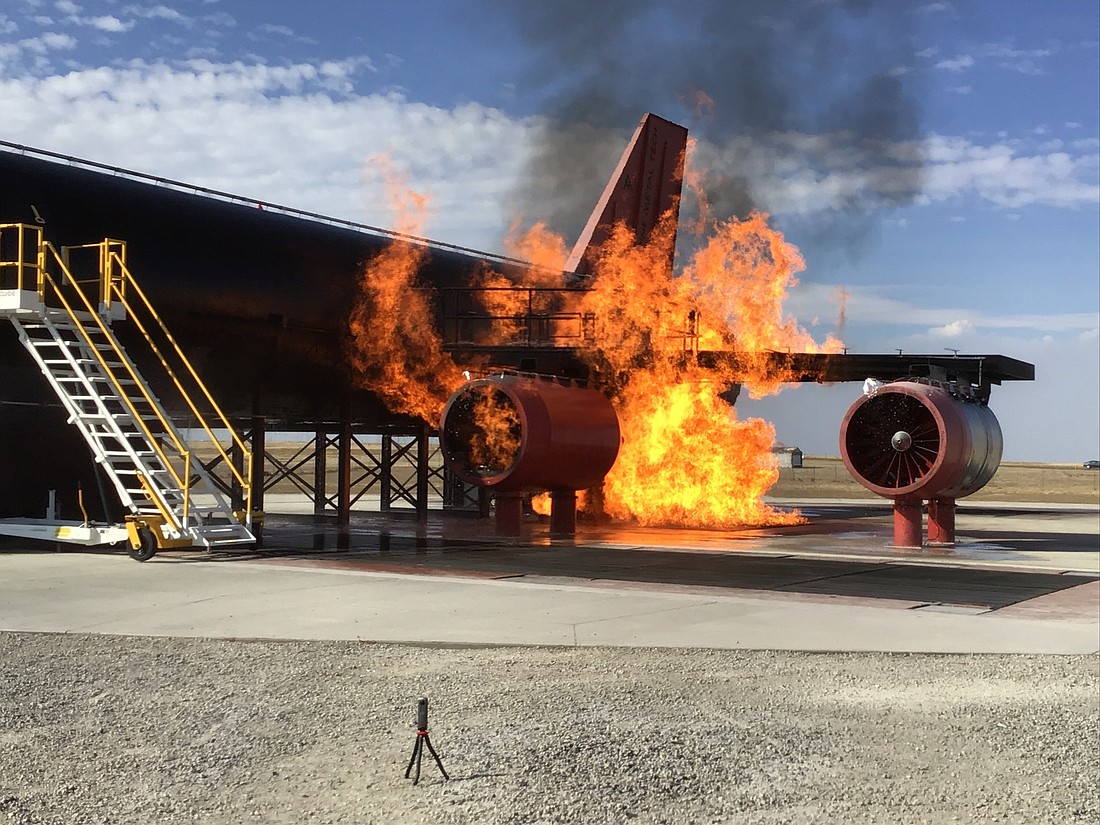- December 15, 2025
-
-
Loading

Loading

Project: Airport Rescue and Firefighter Simulator
Location: Fire Training Complex, 2597 Airport Road, Punta Gorda, Charlotte County. (Can be seen from Interstate 75, next to the 345,000-square-foot Cheney Bros. food distribution faculty.)